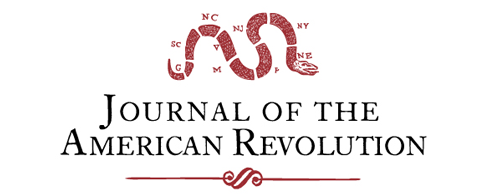The War is Here: The Politics of Continental Army Dispositions on the Upper Ohio
Alarming news of violence on the Upper Ohio flooded Pittsburgh in the late summer of 1777. On August 2, Joseph Ogle reported from Wheeling that a Native war party had wounded two men. James Booth, further south in Monongalia County, wrote that a mother and child had been killed and scalped and another captured. Col. […]
